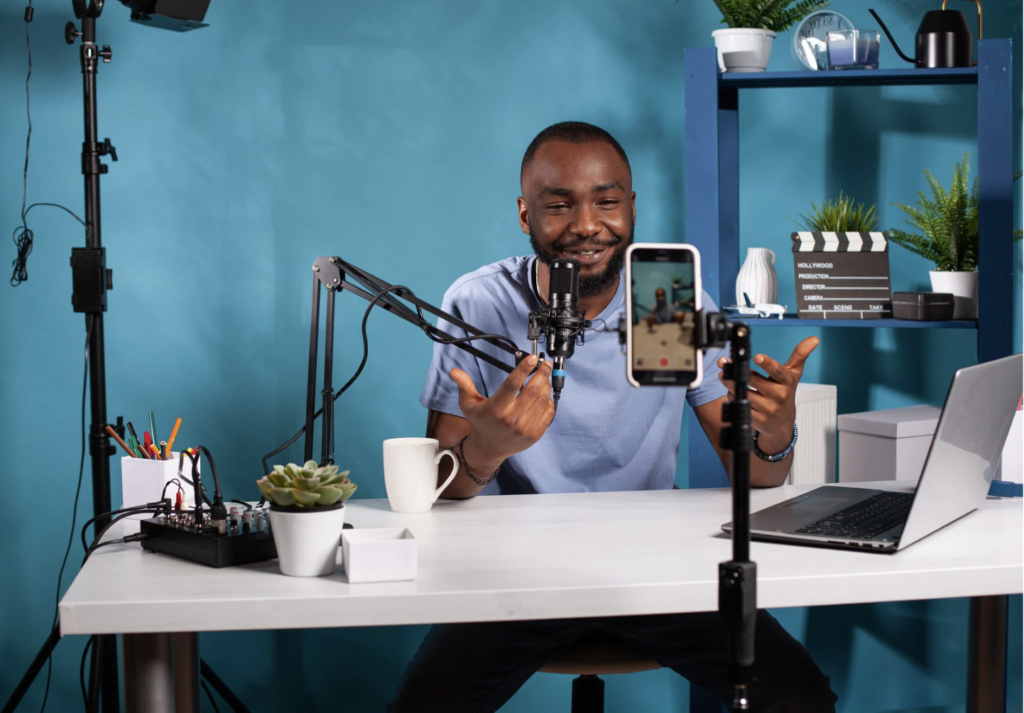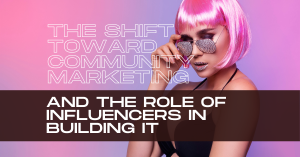What really makes content “viral”? If it becomes massively popular as a result of being engaged with by a large number of people on various platforms. Can virality be nailed down to a science, so that it can be replicated?
Here are some of our thoughts on how you can get your content trending on social media:
- Focus on your headline: headlines change the way that people interpret content. An eye grabbing headline can make or break your content’s place in the algorithm.
- SEO your content: search engines deliver long-term traffic to your posts. Try to identify potentially viral, low competition SEO keywords and use them in your captions.
- Incentivise your audience to comment and share. This can be done directly or by asking them thought provoking questions.
- Personalise your content. Everyone loves to feel as though they are being spoken to directly.
With regard to the psychology behind virality, we’ve done a little digging and it appears that there might be some science to it. Below are some interesting reasons why people like, share, comment and subscribe to content that they come across on their social media:
4 Reasons Why People Engage With Content
To better understand why something goes viral, let’s examine what drives people to invest their time into any piece of content. Engagement is driven by a range of motivations, and here are four main triggers that influence why people engage.
1. Status and Self-Expression
People often want to show that they have a high status. This can also mean being part of an exclusive group, having prestige, respect, or being “in-the-know.” People associate themselves with high-status individuals or groups to display their own status. Content that showcases personal, or aspirational status has a high likelihood of achieving virality.
 A young, budding, South African born comedian may engage with a video of a local idol, like Trevor Noah, to express to the world what they love to do, why they love to do it and to associate themselves with his success and status. Images by: Instagram/@trevornoah
A young, budding, South African born comedian may engage with a video of a local idol, like Trevor Noah, to express to the world what they love to do, why they love to do it and to associate themselves with his success and status. Images by: Instagram/@trevornoah
People engage in order to express their identity and validate their own beliefs. This is clear when people share things they are outraged about or that align with their viewpoints. They might comment, “I told you so” or “this proves my point.” Sharing an opinionated review or a politically charged post helps them define their stance and connect with others who share similar beliefs.
A big part of online engagement is about wanting to feel good about yourself. People engage with things that make them feel positive, smart, and validated. Personality tests or astrology memes are shared because they boost self-esteem. Products that spread positivity or make users feel good about themselves become viral for this reason.
2. Being Helpful
People like to engage with things that are useful, valuable, or affordable. Sharing helpful things makes them feel competent and knowledgeable. The language used to describe a product’s value is crucial for encouraging sharing. A clear and compelling description can make a huge difference in word-of-mouth marketing.
When something threatens our safety—whether physical, financial, or emotional—we’re motivated to engage. This instinct to protect ourselves or others kicks in when we sense danger. Media knows this well, which is why dramatic stories often make headlines. Sharing these tools helps keep loved ones safe. Compliance-related content is also shared to prevent harm and maintain stability.
3. Observation and Organisation
This kind of observation comes in two forms. One is sharing experiences so others can live through you, like sharing travel photos or unboxing videos. The other is sharing in collective opinion, judgments or disdain, often seen in sharing gossip or celebrity scandals. This is also true for positive stories and online communal celebration.
 Regular girls get to live their “nobody to somebody” dreams vicariously through Elsa Mijimbo’s success story. Images by: Instagram/@majimb.o
Regular girls get to live their “nobody to somebody” dreams vicariously through Elsa Mijimbo’s success story. Images by: Instagram/@majimb.o
Some people aren’t naturally organised and like to engage with content that will help them stay efficient. Organisational and productivity hacks have gained virality because they appeal to people who are looking for structure and order. Engaging with these tools is a way to communicate your organisational competence and help others at the same time.
4. Novelty
People are drawn to new and exciting things. Internet memes exemplify this balance of familiarity and newness. People engage with these memes until they become old and predictable. Publicly engaging with new products or information makes you seem ahead of the curve.
 Khaby Lame: Discovering your niche in a world filled with so much saturation. No one has ever heard him speak and yet he has reached massive success in the audio-visual world of content creation. Images by:E!Online and The Guardian.
Khaby Lame: Discovering your niche in a world filled with so much saturation. No one has ever heard him speak and yet he has reached massive success in the audio-visual world of content creation. Images by:E!Online and The Guardian.
Knowing these motivations helps us understand why people engage with online content, leading it to go viral. With this knowledge, you can use these triggers to make content that really connects with your audience. When you match your social media strategy with these psychological cues, you can open the door to a world where your content becomes a natural part of the stories people want to engage with, to the point of going viral.
While the allure of virality may be tempting, it should not be the ultimate objective when creating content. Instead, the primary goal should be to harness the power of these tools to craft meaningful and impactful content that resonates with your audience. By prioritising value and genuine connection over fleeting internet fame, you can build a loyal and engaged community that appreciates your message. True success lies not in the number of clicks or shares but in the lasting impact your content has on the lives and perspectives of your audience.




